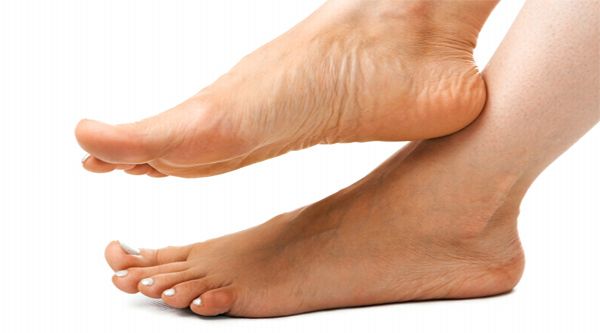
Onchomycosis is basically fungal infection in one or more of nails. The fungal infection can start as a white or yellow spot under the tip of fingernail or toenail and can lead to discoloration, thickening and development of crumbling edges on the nails. Nail infection or onchomycosis may be difficult to treat and it may also recur. But medications are available to help steer clear of nail fungal infection. As fungi tends to thrive fast in warm and moist areas, people who sweat profusely are prone to develop fungal infection in toe nails and fingernails. Nail fungal infection is more common among elderly people.
Causes
Onchomycosis is caused by a fungus which belongs to a group of fungi called Dermatophytes. Besides fungus, some yeasts and molds can also cause nail fungal infection.The main cause behind nail infection is frequent contact with water bodies like rivers and swimming pools where infection can spread fast. If you submerge your hands and feet regularly in water, they are more prone to get infections resulting in Onchomycosis.
Symptoms
In this infection, nails become thick and yellow. And also get brittle and crumbly. Sometimes, the nails also get separated from the nail bed. Generally there is no pain associated with nail fungal infection but if the problem turns severe then it may get painful.
Sometimes nail infection gets misdiagnosed as Contact Dermatitis or Psoriasis or other such skin diseases. In case of any such confusion, a culture test of the nail scraping should be conducted to eliminate all other possible infections. Onchomycosis can also be identified through histology and smears of potassium hydroxide . In fact different types of fungi attack different people and those with weak immune system are at a higher risk of acquiring the infection. In many cases, if there are skin lesions in any part of the body, the fungus may lodge itself there and later lead to fungal infection in nails.
Treatment
There can be different type of treatment for the fungal nail infection. Depending on the type of infection, the medication can be systemic or topical or sometimes both. This medication helps up in speeding the infection-free nail growth and helps in getting rid of the problem though there are always chances of recurrence. The treatment usually takes place between 6 – 8 weeks. The complete results of the treatment are often visible only after a month or so.
1. Medication
Generic drugs like Armofline and Itraconazole are used for topical treatment. The success rate of topical application is as high as 46 percent and in oral medication it is 75 percent.
2. Laser Treatment
Laser treatment, used during cataract surgeries has also proved to be quite beneficial in treatment of fungal nail infection. One sitting has proved to be quite successful so far. However, several such laser procedures are pending with FDA for approval, so, nothing much can be said about their safety and effectiveness at this juncture.
3. Home remedies
Though there are many home remedies available, but thymol has proved to be the only effective home remedy for fungal nail infection.
In order to stay infection-free, you must ensure clean and dry feet, nails and hand all the time especially on hot and humid days.


